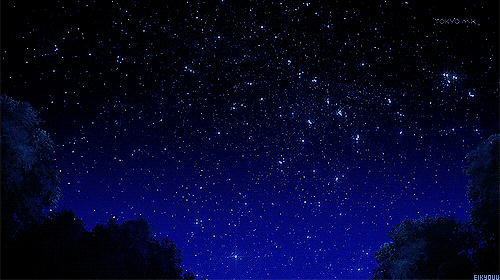





Stars radiate light a little like glowing coals in a campfire. Just as a glowing red-hot coal is cooler than a white-hot coal, for example, so a red star is cooler than a white star, and a white star is cooler than a blue star. This was a major scientific discovery… simply by measuring the color of light coming from a star, and applying a little physics, it was possible to estimate a star’s surface temperature.
M o r e B a c k g r o u n d A b o u t t h e S t a r
-
The five characteristics used to classify stars are color, temperature, size, composition, and brightness.
-
A stars color depends on its temperature.
-
Super Giants are very large stars, and use their hydrogen very fast and die young. They will eventually die and explode into a supernova or nova, and may become a black hole.
-
Super Giants are very bright, but cooler on the surface
-
Majority of stars are main sequence stars, like our sun. They convert hydrogen into helium in their cores, releasing a large amount of energy.
-
When a star runs out of hydrogen in its core, fusion stops and the star increases in size up to 100 times
-
Most stars are about 73% Hydrogen, 25% Helium, and 2% other elements




-
Cooler stars are redder, while the hottest stars are blue-white
-
Astronomers use and instrument called a spectrograph to determine elements in stars.
-
Apparent brightness is its brightness as seen from earth.
-
Absolute brightness is the brightness the star would be if it were at a standard distance from earth.

STAR


STAR


Stars are the most widely recognized astronomical objects, and represent the most fundamental building blocks of galaxies. The age, distribution, and composition of the stars in a galaxy trace the history, dynamics, and evolution of that galaxy. Moreover, stars are responsible for the manufacture and distribution of heavy elements such as carbon, nitrogen, and oxygen, and their characteristics are intimately tied to the characteristics of the planetary systems that may coalesce about them. Consequently, the study of the birth, life, and death of stars is central to the field of astronomy.
